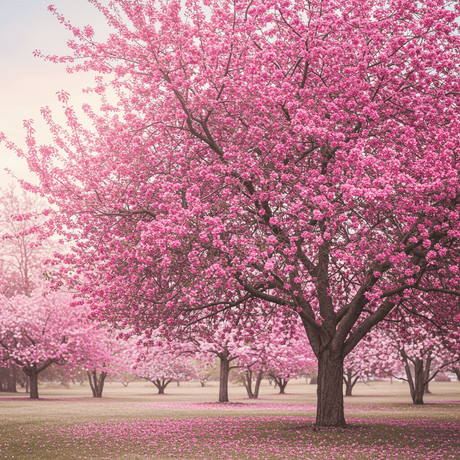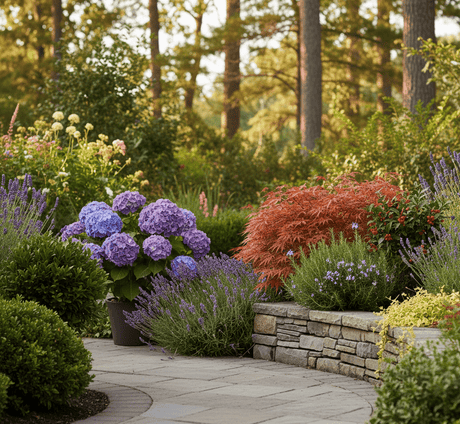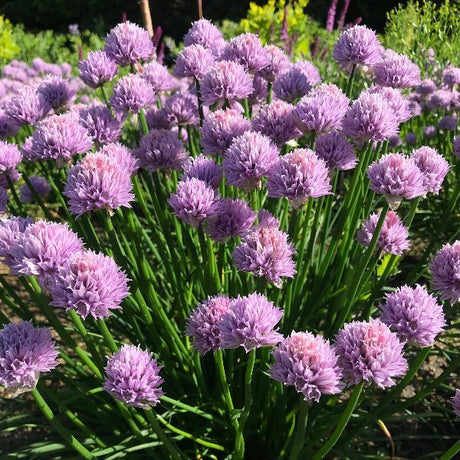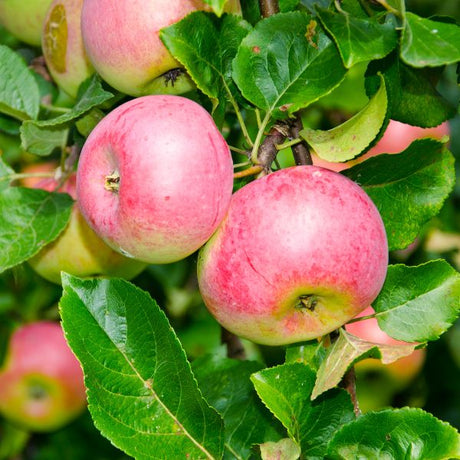Royal Red Honeycrisp Apple Tree
Malus domestica 'LJ-1000' PP22,244
- Stay Protected with Plant Sentry ™
Royal Red Honeycrisp Apple Tree is backordered and will ship as soon as it is back in stock.
Plant Sentry™
Plant Sentry™

Plant Sentry™ Protected
Your order is protected by our compliance system that:
- Prevents restricted plants from shipping to your state
- Ensures plants meet your state's agricultural requirements
- Protects gardens from invasive pests and diseases
Delivery and Shipping
Delivery and Shipping
Delivery and Shipping
Fast, Safe Plant Delivery
Ships in 3-4 business days • Tracking provided • Weather protected
| Under $50 | $9.99 |
| $50 - $99.99 | $14.99 |
| $100 - $149.99 | $16.99 |
| $150+ | $24.99 |
✓ Zone-specific timing • ✓ Professional packaging • ✓ Health guarantee
Understanding Plant Options
Nature Hills offers plants in two main formats:
- Container Plants: Grown in pots with soil, sized by container volume and plant age
- Bare Root Plants: Dormant plants without soil, sized by height measurements
Container Plant Sizes
Container sizes indicate plant age and growing capacity rather than liquid volume equivalents. Our containers follow industry-standard nursery "trade gallon" specifications, which differ from standard liquid gallon measurements.
Young Plants (6 months to 18 months old)
| Container Size | Actual Volume | Metric Equivalent |
|---|---|---|
| 2" x 2" x 3" | 0.18 - 0.21 dry quarts | 0.20 - 0.23 dry liters |
| 4" Container | 0.31 - 0.87 dry quarts | 0.35 - 0.96 dry liters |
| 4.5" Container | 0.65 dry quarts | 0.72 dry liters |
| 6" Container | 1.4 dry quarts | 1.59 dry liters |
| 1 Quart | 1 dry quart | 1.1 dry liters |
| 5.5" Container | 1.89 dry quarts | 2.08 dry liters |
Established Plants (18 months to 2.5 years old)
| Container Size | Actual Volume | Metric Equivalent |
|---|---|---|
| 2 Quart | 2 dry quarts | 2.2 dry liters |
| #1 Container | 2.26 - 3.73 dry quarts | 2.49 - 4.11 dry liters |
| 5" x 5" x 12" | 3.5 - 4.3 dry quarts | 3.85 - 4.74 dry liters |
Mature Plants (2-4 years old)
| Container Size | Actual Volume | Metric Equivalent |
|---|---|---|
| #2 Container | 1.19 - 1.76 dry gallons | 5.24 - 7.75 dry liters |
| #3 Container | 2.15 - 2.76 dry gallons | 8.14 - 12.16 dry liters |
Large Plants (3-5 years old)
| Container Size | Actual Volume | Metric Equivalent |
|---|---|---|
| #5 Container | 2.92 - 4.62 dry gallons | 12.86 - 20.35 dry liters |
| #6 Container | 5.25 - 6.01 dry gallons | 23.12 - 26.42 dry liters |
| #7 Container | 5.98 - 6.53 dry gallons | 26.34 - 28.76 dry liters |
Bare Root Plants
Bare root plants are sold by height from the root system to the top of the plant. Plants may exceed minimum height requirements.
Common Sizes:
- Trees: 1 foot, 2 feet, 3 feet, 4 feet, 5 feet, 6 feet
- Shrubs & Perennials: 1 foot, 18 inches, 2 feet
Important Notes
Container Volume Specifications
- Trade Gallon Standard: Our containers follow industry-standard "trade gallon" specifications established by the American National Standards Institute (ANSI Z60.1) for nursery stock
- Volume Variations: Actual soil volume may vary due to plant root systems and growing medium settlement
- Age Indicators: Container size primarily indicates plant age and maturity rather than liquid volume equivalents
Growing Conditions
- Plant size can vary based on variety and growing conditions
- Container size helps indicate plant maturity and establishment level
- Larger containers generally mean more established root systems and faster landscape establishment
Seasonal Availability
- Bare root plants are available seasonally when dormant
- Container plants are available throughout the growing season
- Specific varieties may have limited availability in certain sizes
Questions?
For questions about specific plant sizes or availability, please contact our plant experts who can help you choose the right size for your landscape needs.
Plant Highlights
Royal Red Honeycrisp Apple Tree highlights at a glance!
-
Botanical Name
-
Brand
-
Growing Zones3, 4, 5, 6, 7, 8, 9
-
Growth RateModerate
-
Mature Height
-
Mature Width
-
Leaf Color
-
Flower Color
-
Pollinator FriendlyYes
-
Pollinator Required
-
Bloom PeriodLate Spring
-
FragrantYes
Characteristics
Where To Plant
When To Prune
- Late Winter
Water & Moisture Needs
- Moderate
Sunlight Needs
Soil Needs
- Well Drained Soil
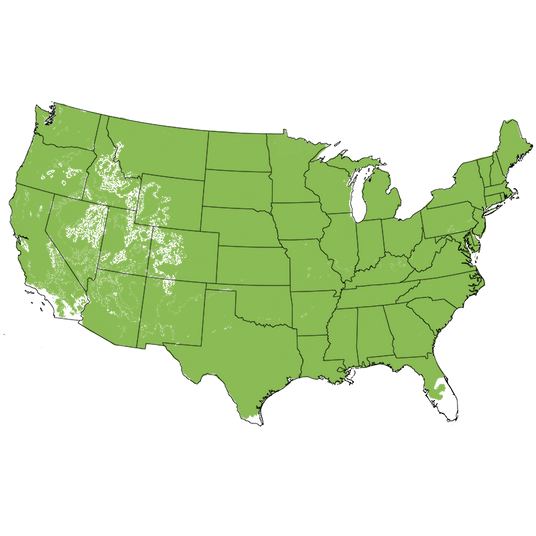
Growing Zones
Royal Red Honeycrisp Apple Tree: Bold Color & Crisp Flavor
Meet the Royal Red Honeycrisp Apple Tree (Malus domestica 'Royal Red Honeycrisp')—a mouthwatering standout in the orchard world! A natural sport (or spontaneous mutation) of the classic Honeycrisp Apple, this variety turns heads with deeper, more intense red skin while maintaining that signature shatter-crisp texture and balanced sweet-tart flavor.
Fragrant spring blooms lead to midseason fruit, ripening a tad earlier than the standard Honeycrisp, with large, ruby-red apples that are ideal for fresh eating and store beautifully. Each apple boasts creamy white flesh that resists browning—making it a go-to for fresh slices, lunchboxes, or crisp autumn salads.
Upright in form with a rounded crown, the Royal Red Honeycrisp becomes full of lush green foliage and offers moderate fall color in gold and yellow tones, and the fruit clings reliably to the branches, ripening in late summer to early fall, depending on your zone.
Royal Red Honeycrisp needs a compatible pollinator—think Granny Smith, Fuji, or Golden Delicious nearby—for good fruit set.
Key Features
- Sport of the classic Honeycrisp with deeper red skin
- Extremely crisp, juicy, sweet-tart flavor
- Ripens earlier than Honeycrisp, stores well for months
- Large fruit with white, non-browning flesh!
- Cold-hardy and disease-resistant
- Requires a pollinator for fruit production
Landscaping Uses
Royal Red Honeycrisp grows to about 12-15 feet tall and wide, forming a rounded, sturdy shape ideal for smaller orchards or larger yards.
- Anchor for edible landscapes or kitchen gardens
- Espalier against a sunny wall or fence
- Focal point in backyard orchards
- Great addition to food forests or permaculture setups
- Shade and structure in pollinator gardens
Care and Maintenance
A deciduous fruit tree with strong, woody branches and exceptional cold tolerance, the Royal Red Honeycrisp is perfect for Northern growers and performs well in slightly warmer zones with proper chill hours.
Born in the upper Midwest, this Apple Tree is cold-hardy and bred for Northern growers in USDA growing zones 3 through 9. With excellent disease resistance, it's a stellar performer for home orchards and edible landscapes alike. And with fewer chill hours than other Honeycrisp variants, it adapts well to shorter winters.
- Planting Time: Spring or fall when the ground is workable. Read Apple Tree planting info here!
- Sun Needs: Full sun (6+ hours daily)
- Soil Needs: Well-drained soil; dislikes standing water but tolerates clay if amended
- Moisture Needs: Moderate; consistent moisture while establishing
- Mulch: Apply a 3-4 inch deep layer of arborist mulch or bark mulch to retain moisture and suppress weeds
- Fertilization Needs: Balanced tree fertilizer in early spring and mid-summer
- Apple Pruning Info: Prune during dormancy to shape and remove crossing branches; blooms on spurs from older wood
- Special Perks/Growing Tips:
- Cold-hardy
- Stores well
- Crack-resistant
- Requires cross-pollination
- Read when to harvest Apples here!
- Chill Hours: Around 800-1,000 hours
- Pollination Needs: Requires a pollinator such as Fuji, Granny Smith, or Gold
A Crisp Cultivar Worth The Crown!
The Royal Red Honeycrisp isn't just another Apple tree—it's the crown jewel of the crisp Apple world! That intense ruby-red skin and perfectly balanced flavor will have you declaring orchard royalty. Whether you're starting a backyard food forest or expanding your Apple empire, this tree delivers big in beauty, taste, and hardiness.
Pick up this tree and its pollinator today and Nature Hills will ship at the appropriate planting time for your growing zone!
Frequently Asked Questions
What makes Royal Red Honeycrisp different from regular Honeycrisp?
Royal Red Honeycrisp has a deeper red skin and may ripen slightly earlier than standard Honeycrisp, but otherwise, it shares the same crisp, juicy flavor.
Do I need another Apple tree for Royal Red Honeycrisp to produce fruit?
Yes, this variety needs a compatible Apple variety nearby (within 50 feet) for cross-pollination.
Is Royal Red Honeycrisp good for southern climates?
It thrives best in USDA zones 3-9 but may struggle in very warm climates due to its chill hour requirement.
How long until I get Apples from a Royal Red Honeycrisp tree?
Expect fruit from trees 3-5 years old. Nature Hills trees are already at least 3 years of age! So you can expect fruit as early as a year after planting!
Can I grow Royal Red Honeycrisp in a container?
Only on dwarf rootstock, and with careful pruning and adequate root space; semi-dwarf types are better for in-ground planting.
Is this Apple good for baking or just fresh eating?
While prized for fresh eating, its firm, crisp flesh makes it suitable for pies and crisps too!

